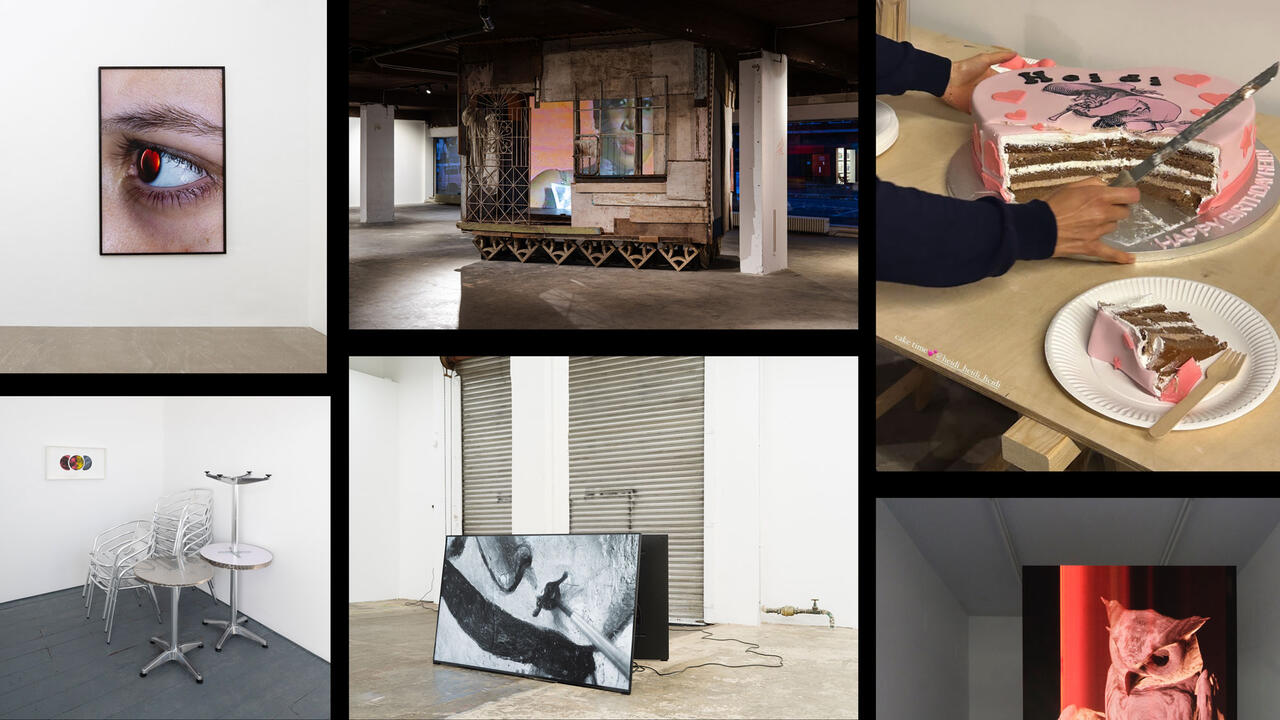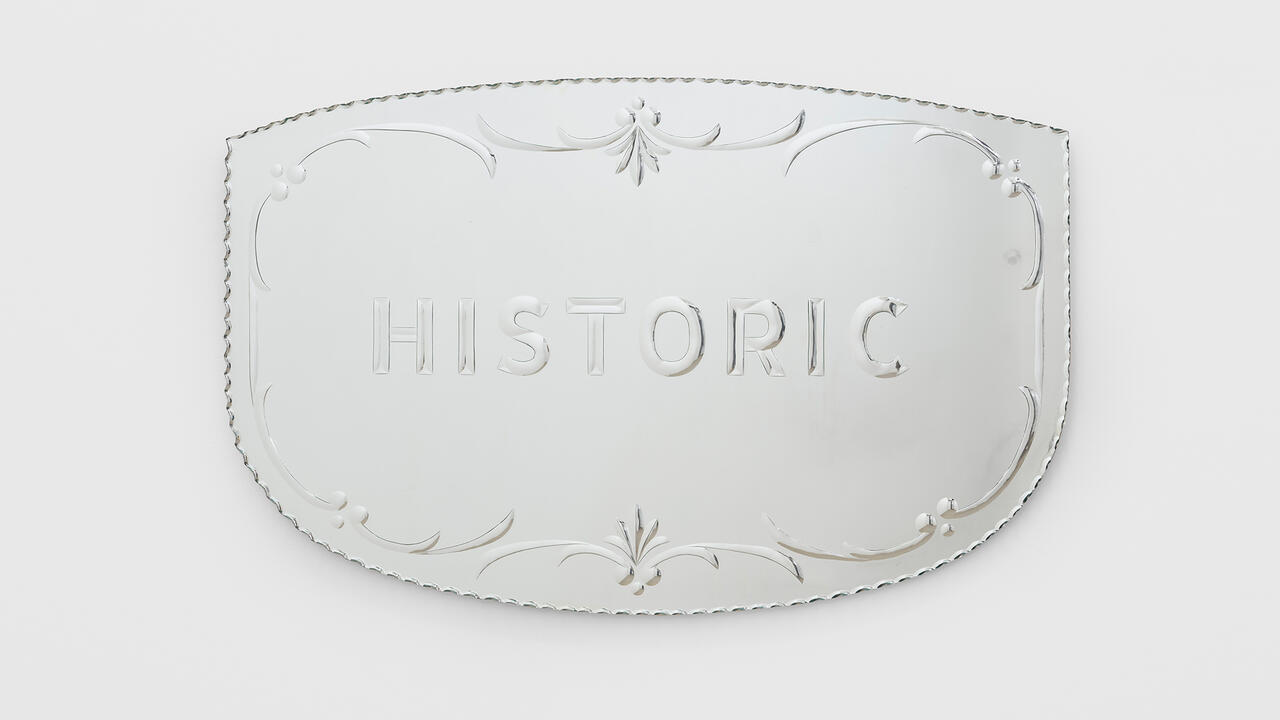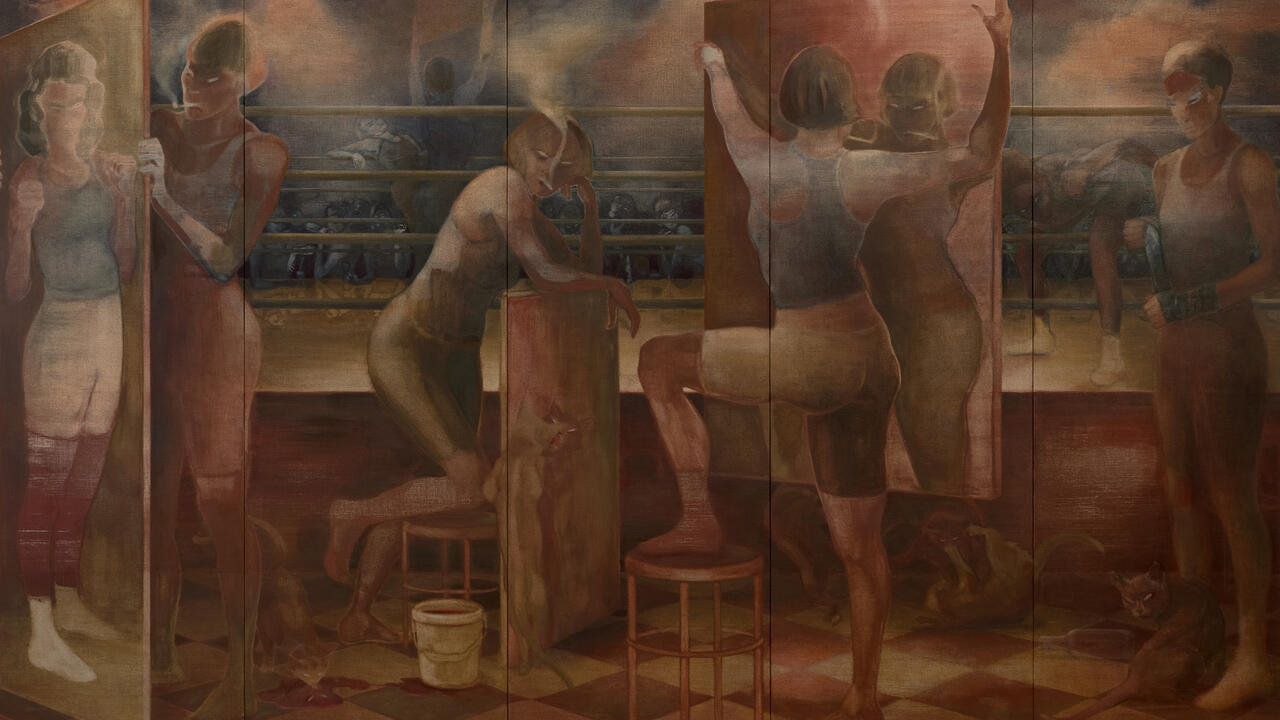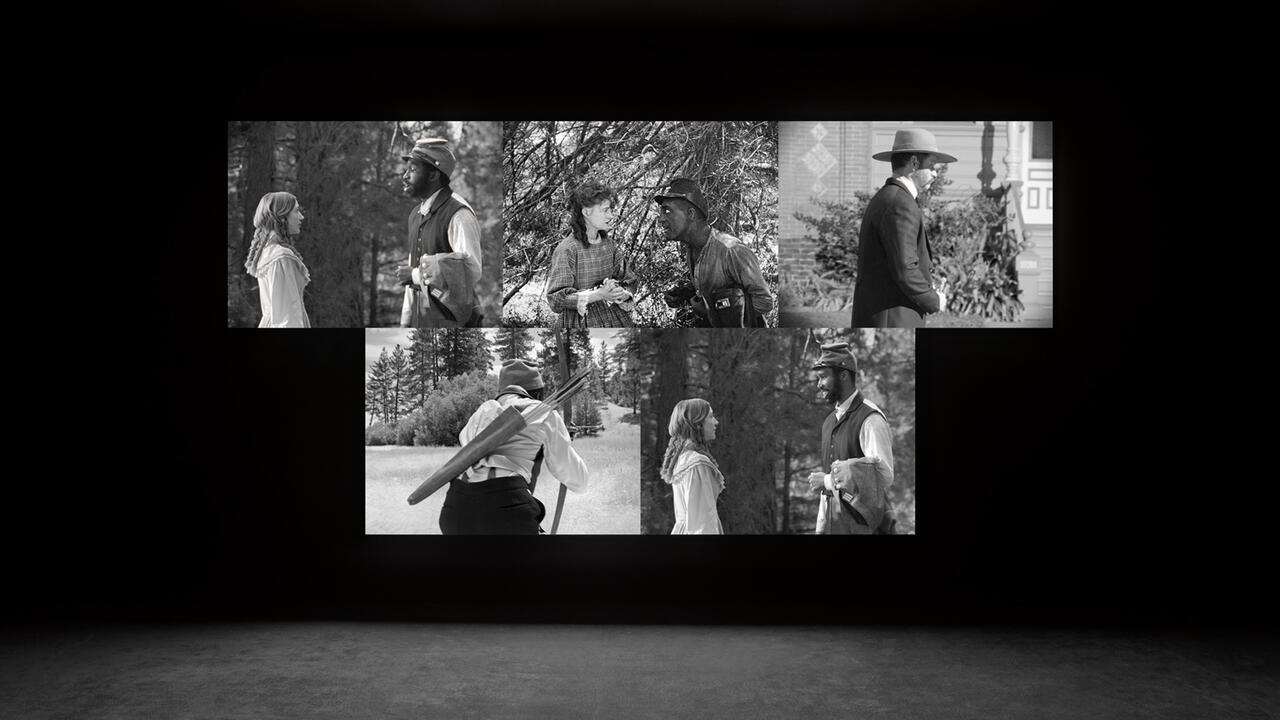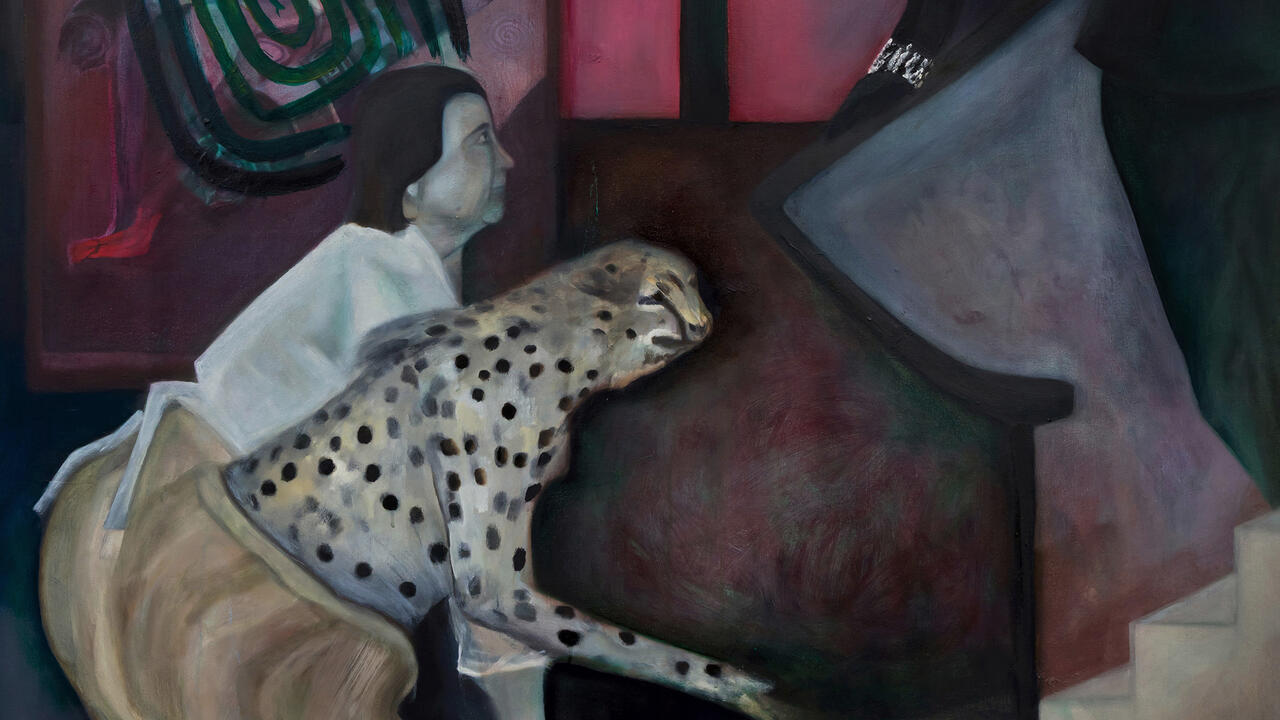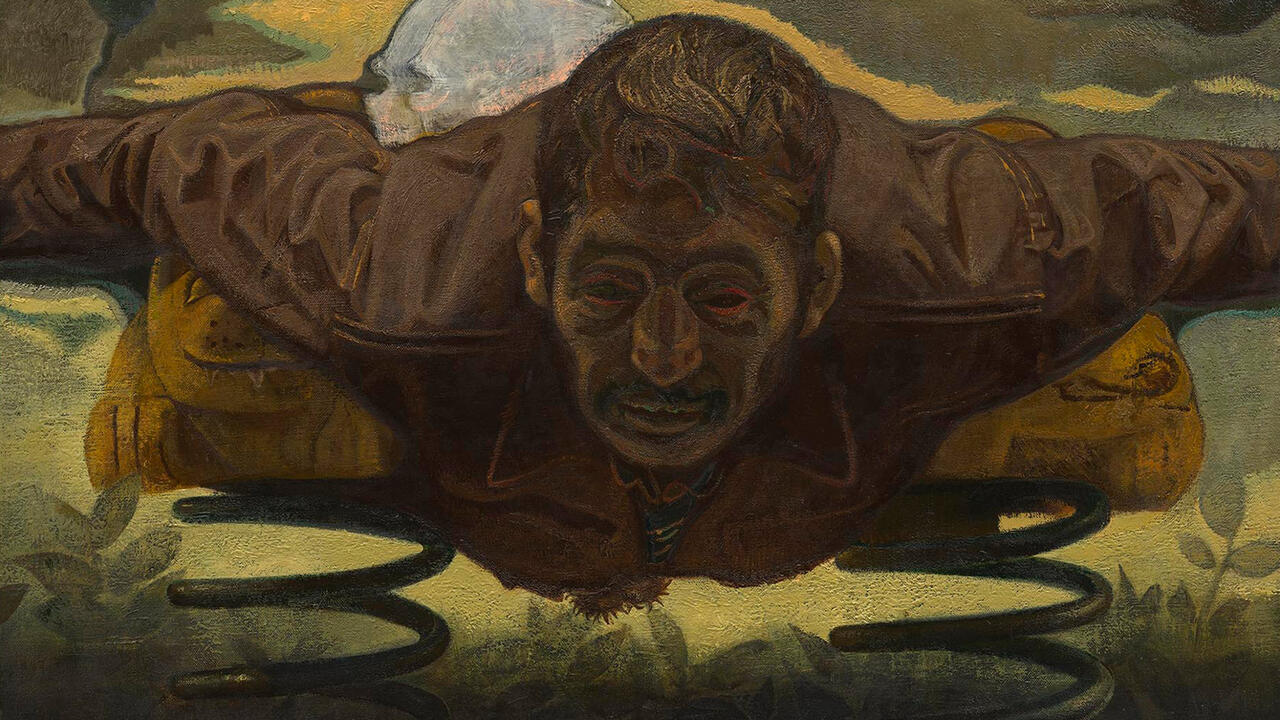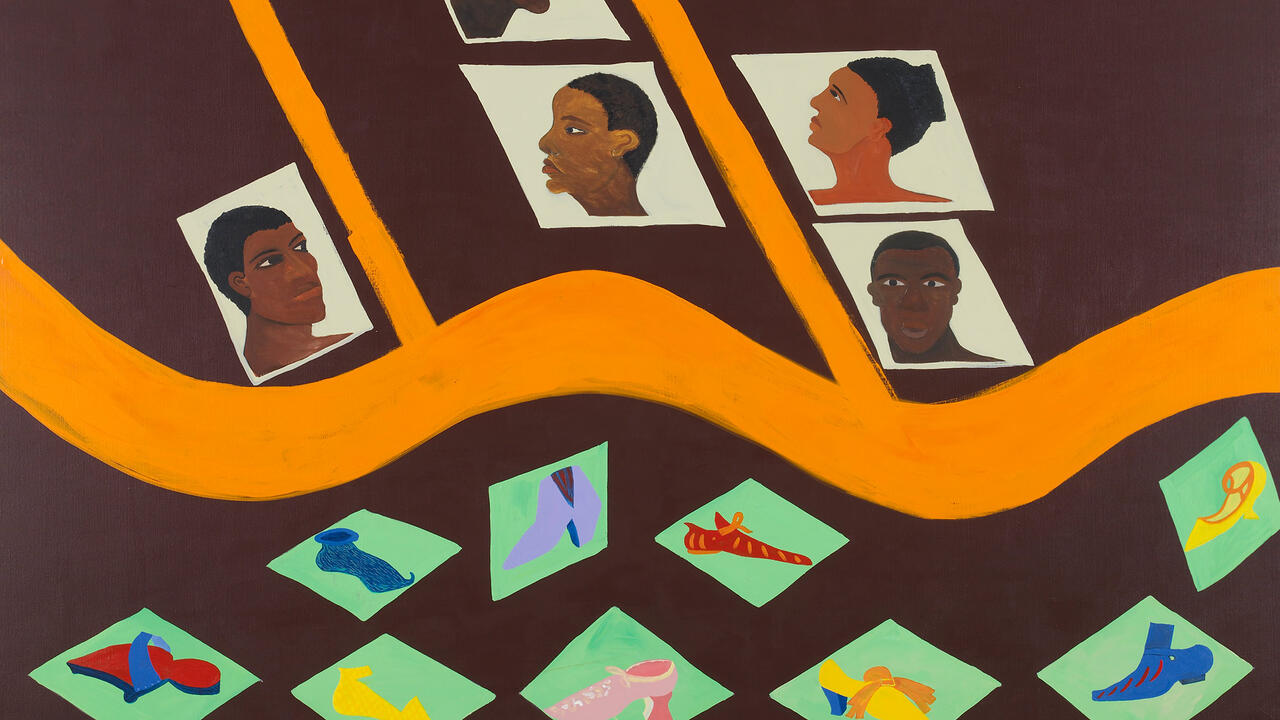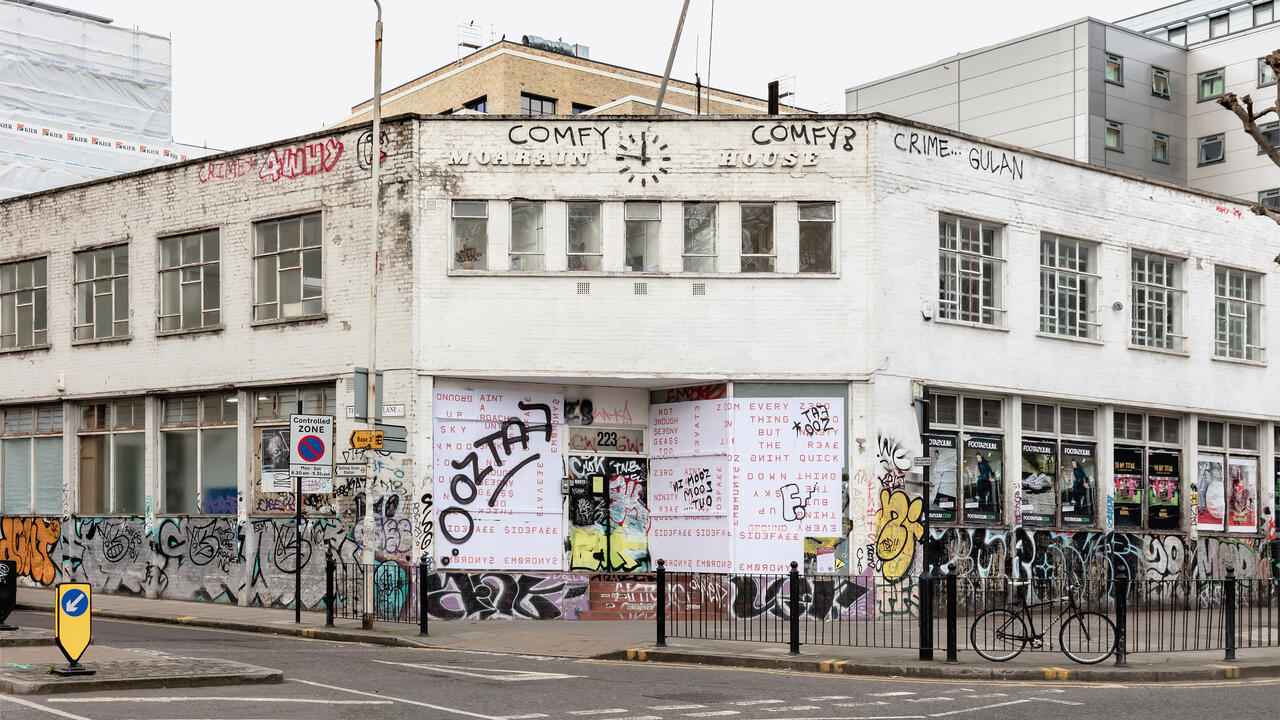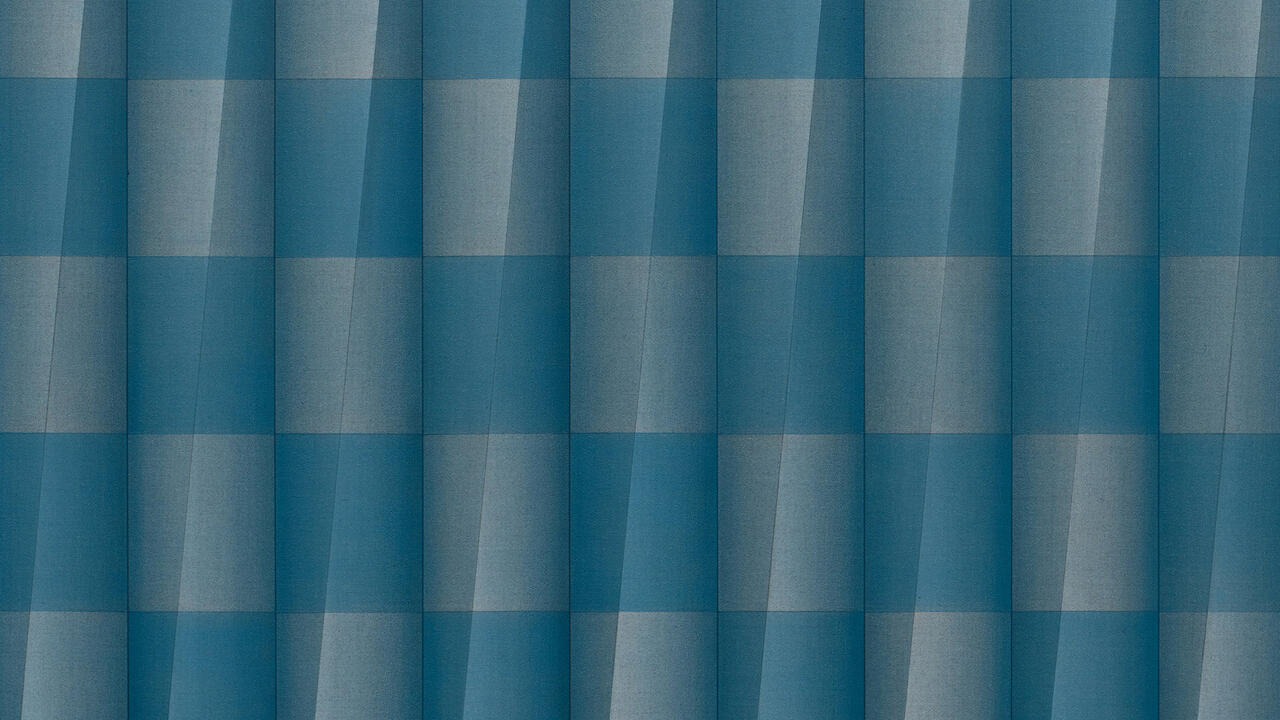Marine Hugonnier
Max Wigram Gallery, London, UK
Max Wigram Gallery, London, UK

If the spectre of Communism once haunted Europe, the spectre of Modernism continues to haunt the work of contemporary artists. The latest instalment in Marine Hugonnier’s ‘Art for Modern Architecture’ (2004–ongoing) series collages geometric shapes over the photographs of a sequence of New York Times front-pages. The newspapers report the collapse of the Soviet Union in 1991 – angled forms, evocative of the Utopian spirit of early Modernism, laid over documentation of a regime’s final act. Alongside these was shown a new series of paper works, ‘Modeles’ (all works 2010), silkscreened collages featuring geometric cut-outs in bright block colours.
Earlier works in ‘Art for Modern Architecture’ comprised cut-outs from Ellsworth Kelly’s 1951 book Line Form Color, which were also collaged onto a variety of newspaper front pages. Hugonnier has now begun to create her own cut-outs: for this latest edition in the series, entitled ‘New York Times – Fall of Communism’, these feature simple red and white geometric shapes. Meanwhile, the ‘Modeles’, intended as a response to the newspaper series, feature two layers of silkscreened Rives paper in intense colours – blue, red, yellow, green and black. From the top layer, Hugonnier has cut out neat triangular shapes, then folded and raised them at skewed angles over the bottom sheet, offering depth where the works on paper in ‘New York Times – Fall of Communism’ are flat. In her film and photographic work, Hugonnier has often sought to highlight the failures of grand social endeavours, as well as the attendant failure of images to convey them accurately. Her 2006 film Travelling Amazonia, which was shot along the Brazil section of the Trans-Amazonian Highway, looked at the illusions behind this pioneering grand plan for social progress and the failures it entailed. The works in ‘New York Times – Fall of Communism’ similarly exude a sense of loss for the Utopian aspirations of Modernism. While there is a physical flatness to the works, they nevertheless have considerable chronological depth: between the present of the viewer and the pastness of the documents; between the journalist’s telling of events and events as they actually unfolded; and the inception of a pioneering idea, which the cut-outs evoke (though of course only recently created by the artist) contrasted with the end of another Utopian ideal. Yet the work is also about the obstruction of imagery: by covering up the photographic images and frustrating the ordinary arrangement of a newspaper narrative – in a manner not dissimilar to the photographic interventions of, for example, John Stezaker or John Baldessari – Hugonnier presents an incomplete picture, unfinished business. The newspaper front pages might be anatomizing the end of an era but a desire on the part of the artist to keep processing the past – and especially the legacy of Modernism – remains. The abstract Modeles 6–10 (Revision) also suggest loving fetishism for this period of art production. The incisions in the paper are neat and painstaking, almost surgical; while the bright colours pop at the viewer, their raised parts create shadow, hinting at something darker. But the bracketed ‘revision’ of the titles suggests a desire to reinvigorate an earlier style for our times, rather than simply ape or commemorate it. These works and the series of newspaper front pages (the show also included a solitary front page from 1969 documenting the first moon landing) are beautiful, poignant and complexly layered. Yet the suggestion of an impasse hovers around them: Hugonnier, along with a host of other contemporary artists, hasn’t given up the ghost quite yet.









